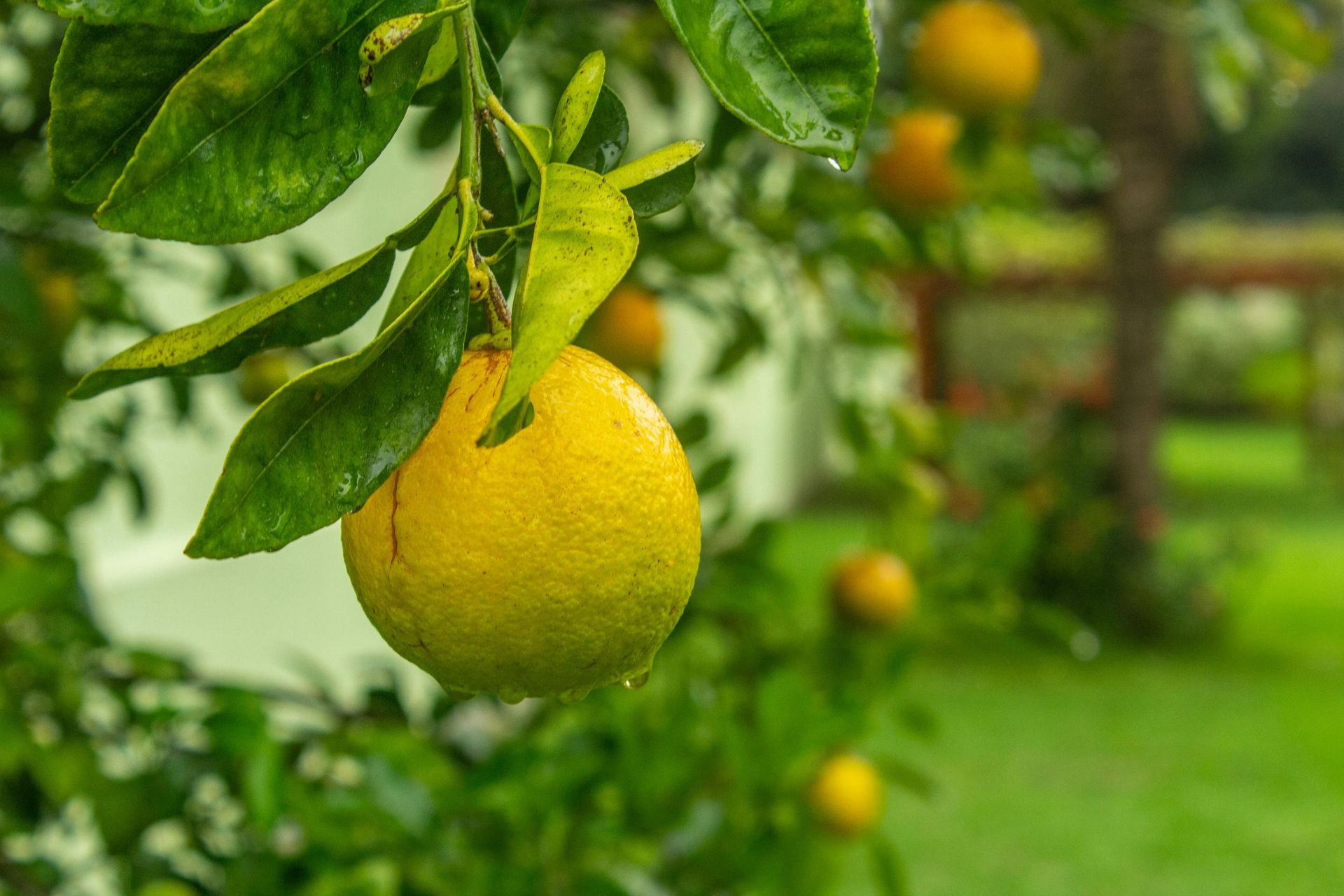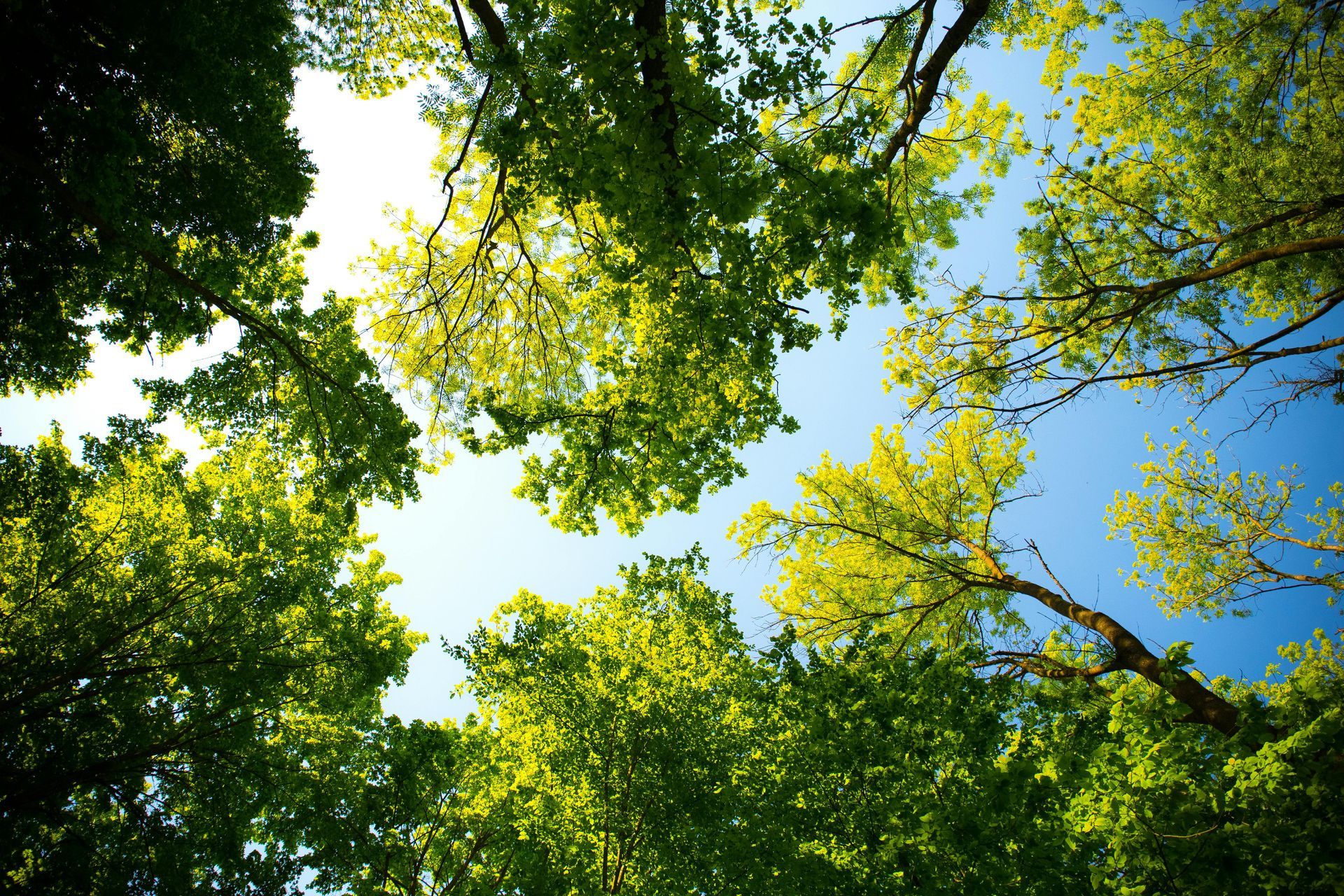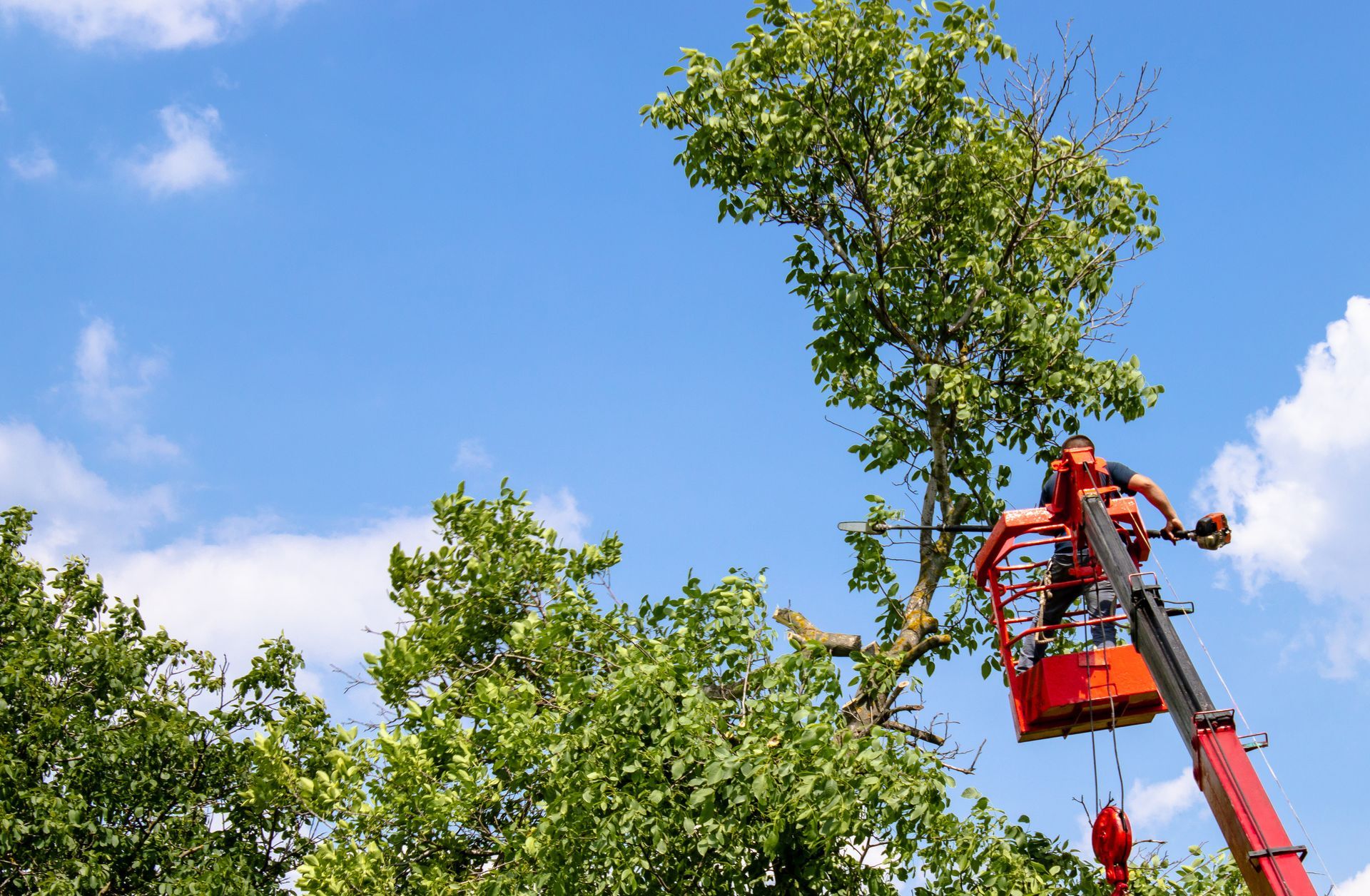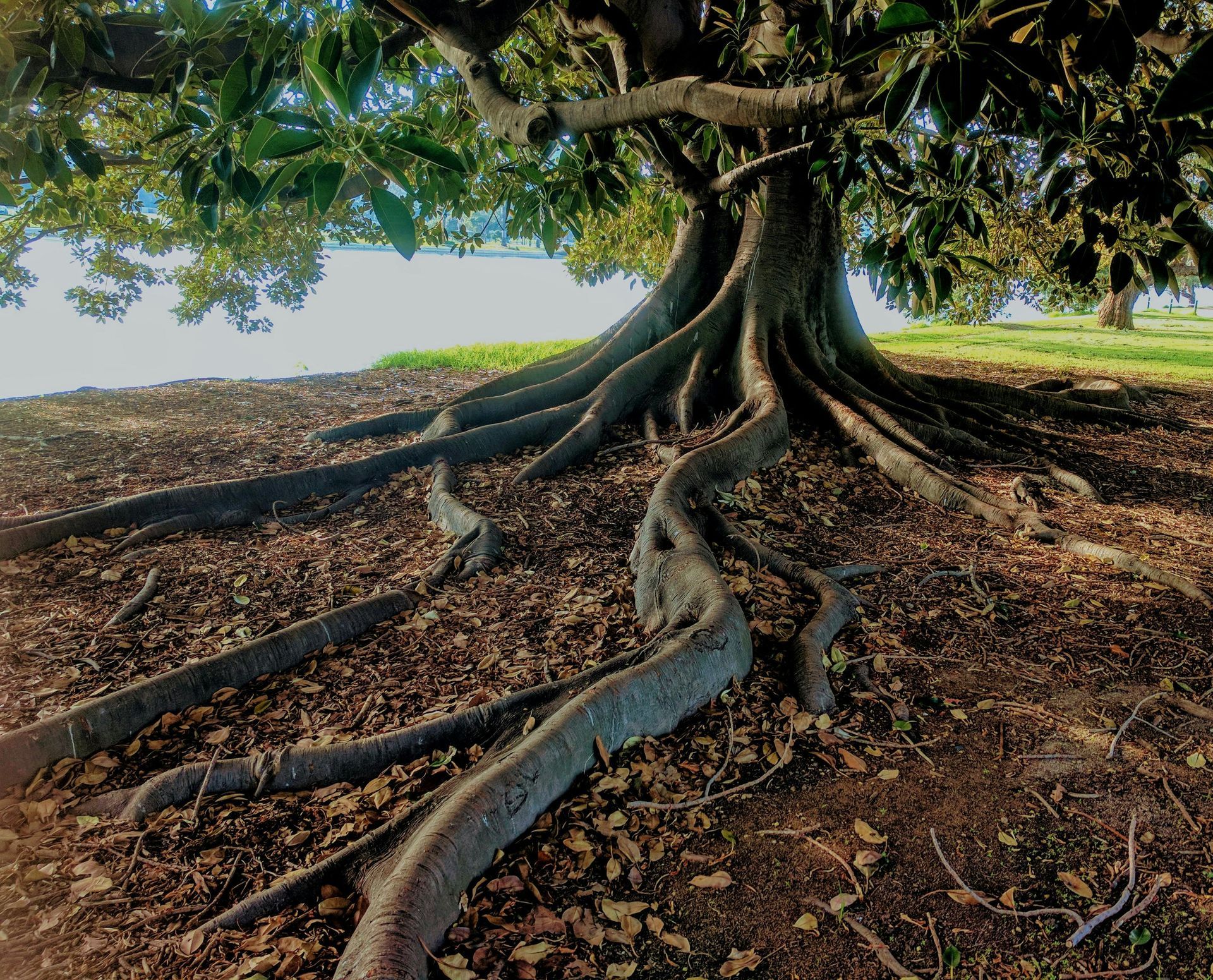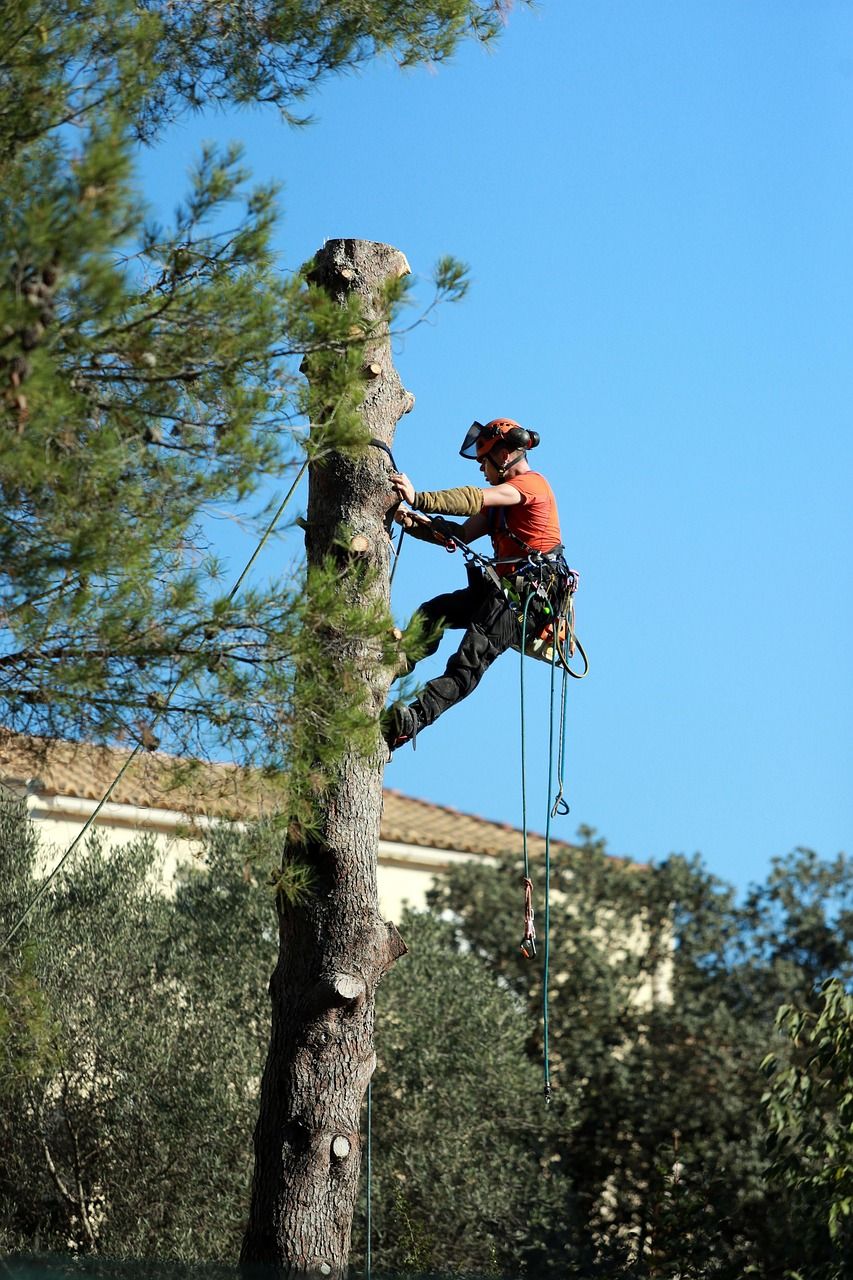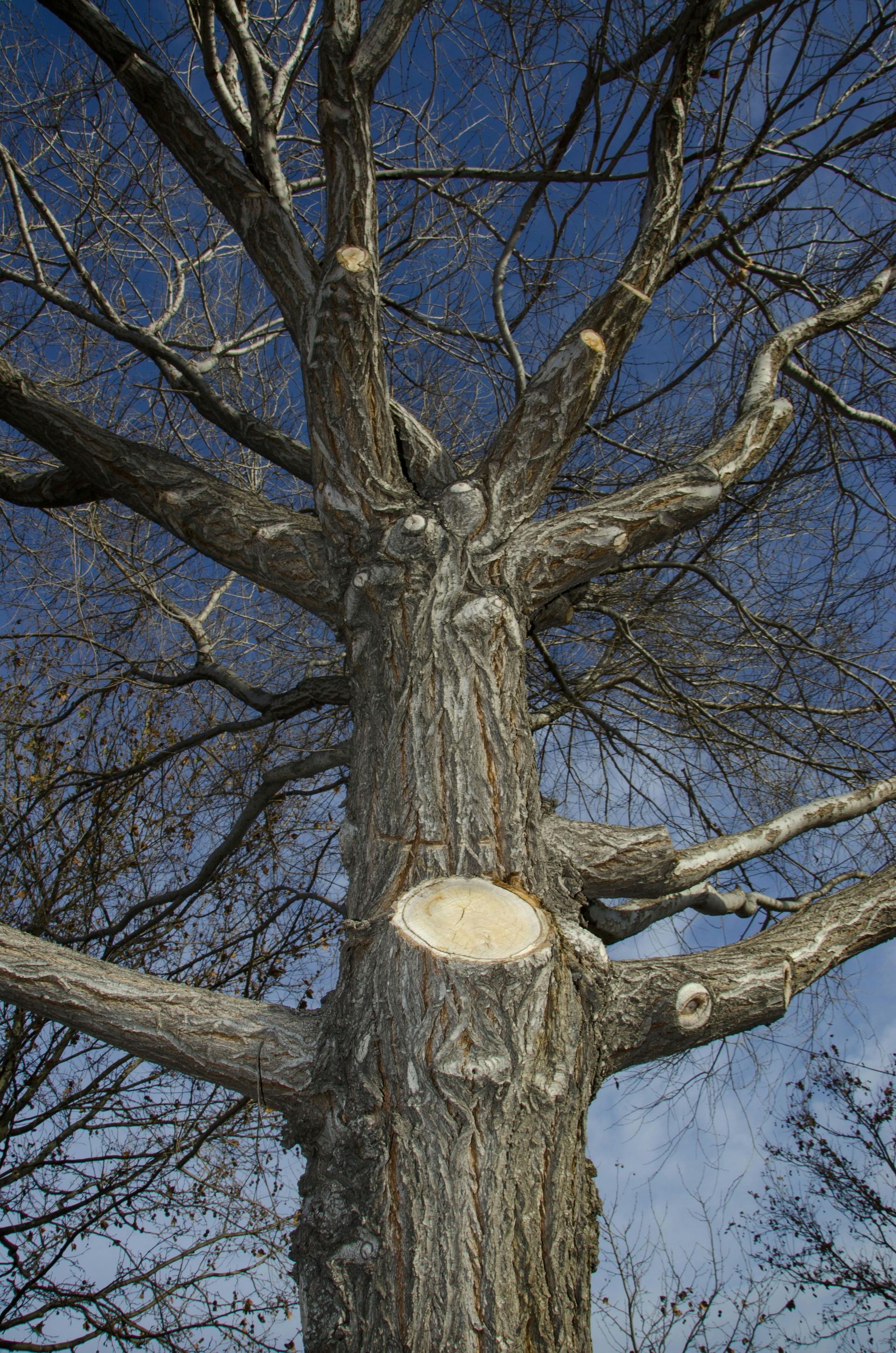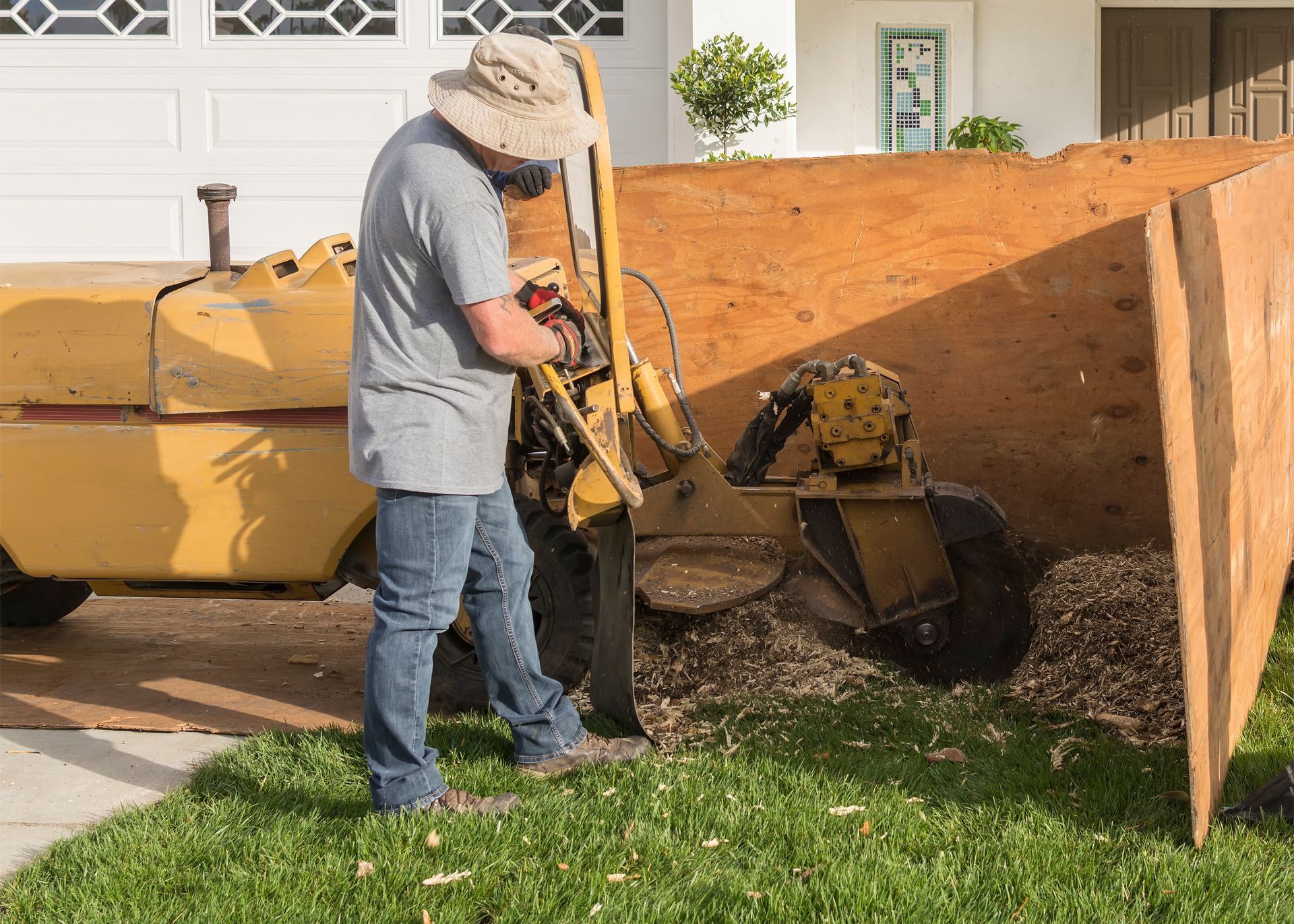Richis Tree Service, LLC
Uncover the Exciting Advantages of Pruning for Fruit-Bearing Trees
According to popular wisdom, consuming an apple each day can help prevent visits to the doctor. And what could be more satisfying than having a bountiful supply of fresh apples, peaches, or cherries right in your own backyard? Fruit-bearing trees not only offer a delightful and healthy treat, but they also enhance the visual charm of any outdoor setting. Regular maintenance is crucial for the health and productivity of your fruit trees. Tree trimming is an essential part of ensuring the health and vitality of fruit trees. Tree trimming for fruit-bearing trees offers a wide range of benefits that are both extensive and diverse. Today, we will delve into the numerous benefits of tree trimming and its crucial role in ensuring the well-being and prosperity of your fruit trees. So, get ready to indulge in a delicious fruit snack as we delve into the topic at hand!
City skyline
Getting Started with Tree Trimming - A Comprehensive Guide to Understanding the What, Why, and How
When it comes to tree trimming, there is often a lack of understanding about its purpose and importance. Exploring the fundamentals of tree trimming will provide valuable insights into the essential role it plays in maintaining the health of fruit trees.
1. Understanding the Concept of Tree Trimming
Tree trimming, also referred to as pruning, involves the careful removal of certain branches or sections of a tree in order to preserve its well-being and encourage development. Strategically removing dead, damaged, or diseased branches, as well as those that block sunlight or airflow, is an essential part of the process. Trimming trees is often carried out to enhance their appearance and minimize the risk of accidents caused by falling branches.
2. The Importance of Tree Trimming for Fruit Trees
- Pruning fruit-bearing trees regularly is crucial for preserving their health and maximizing their yield. Discover the importance of tree trimming for fruit trees with these compelling reasons:
- Enhances airflow and allows ample sunlight to reach the fruits, which is essential for their growth and ripening.
- Removing weak, damaged, or diseased branches is crucial for promoting a tree's healthy growth and reducing its vulnerability to pests and diseases.
- Helps shape the tree and promotes healthy growth, leading to a strong and balanced structure.
- Enhances fruit yield and quality by channeling the tree's energy towards maximizing fruit production rather than sustaining unnecessary branches and foliage.
3. The Process of Tree Trimming
- It is crucial to use the correct tools and techniques when trimming trees to prioritize the tree's well-being and the safety of the person performing the pruning. Here are some basic tips for tree trimming:
- It is important to use high-quality pruning tools like shears, loppers, and saws to ensure precise cuts and minimize the risk of disease transmission.
- Begin by eliminating any dead or damaged branches, followed by those that may impede the tree's growth or present a potential danger.
- Trim the branches right above the branch collar, which is the slightly raised area where the branch connects with the trunk.
- It is important to be cautious when pruning to prevent any unnecessary stress on the tree, which can result in weakened or stunted growth.
The Advantages of Pruning Fruit Trees
Now that we have a grasp on the fundamentals of tree trimming, let's delve into the multitude of advantages it provides for fruit trees.
1. Enhancing Fruit Yield and Quality
When it comes to fruit-bearing trees, tree trimming can have a profound impact on the quantity and quality of the fruit they produce. When excess branches and foliage are removed, the tree can focus its energy on producing more and higher-quality fruits. By removing damaged or diseased branches, you can eliminate any potential sources of disease, which will result in healthier and more robust fruits.
2. Supports the Growth and Development of Trees
Proper tree growth and development are promoted through the practice of tree trimming, which involves shaping the tree and eliminating any barriers to its growth. When trees receive sufficient airflow and sunlight, they can thrive, growing taller and stronger with a more balanced structure. This helps them withstand harsh weather conditions and reduces their vulnerability to pests.
3. Protecting Against Diseases and Pests
Eliminating dead, damaged, and diseased branches is crucial to prevent the proliferation of pests and diseases, which can easily infect the entire tree and neighboring plants. Removing these branches through tree trimming can help prevent the spread of diseases and reduce the risk of pest infestations. This can save you time and money on pest control measures.
4. Enhancing the Visual Appeal and Attractiveness
Having a fruit tree that is properly cared for can greatly enhance the visual appeal of your outdoor space and have a positive impact on the overall value of your property. When you trim your fruit trees, you have the opportunity to sculpt them to your preferred appearance, making sure they blend harmoniously with your outdoor environment.
5. Ensuring Safety and Preventing Hazards
It's important to be aware of the potential dangers posed by dead or damaged branches, particularly in inclement weather conditions. Regularly pruning your fruit trees helps to eliminate potential hazards and creates a safer environment for your family and property.
What is the Optimal Time to Trim Trees?
Proper timing is essential when it comes to tree trimming in order to ensure success and maintain the health of your fruit trees. Discover the optimal timing for pruning your fruit trees with these helpful tips:
- It is best to prune in late winter or early spring, before the tree begins to produce new growth.
- It is best to refrain from pruning the tree during its dormant period in late fall or winter, as this can lead to unnecessary stress on the tree.
- It is recommended to prune summer-bearing fruit trees after they have finished producing fruit, typically in the late summer or fall season.
Comparing DIY and Professional Tree Trimming - Finding the Best Option for You
Now that you have a good grasp of the advantages of pruning fruit trees, you might be contemplating whether to tackle the task on your own or enlist the help of a professional. Here are a few things you should take into account:
1. DIY Tree Trimming - For those with small and young fruit trees with easily manageable branches, it may be possible to handle the trimming yourself. If you have the time and physical ability, it's important to regularly trim your trees.
2. Leave it to the experts for professional tree trimming services, especially when dealing with large and mature fruit trees with hard-to-reach branches.
- It seems that you lack the necessary equipment and tools for tree trimming.
- It is important to make sure that the trees are trimmed in the proper manner, taking into consideration their individual requirements.
- If you're uncertain about whether to handle the task yourself or enlist the help of a professional, it's wise to seek guidance from a trusted tree-trimming company with extensive knowledge and experience.
What’s Best for Your Trees?
So, which type of fertilizer is best for your trees? The answer is not a simple one, as it depends on various factors, such as your location, soil type, and tree species. In some cases, a combination of both organic and synthetic fertilizers may be the most effective approach. Here are a few tips to help you make an informed decision:
- Understand your soil: Conduct a soil test to determine the nutrient deficiencies and pH levels of your soil. This will help you determine which type of fertilizer and nutrients your trees need.
- Consider the tree species: Some trees may have specific nutrient requirements, so it’s essential to do your research and choose a fertilizer that caters to those needs.
- Seek professional advice: If you’re unsure about which type of fertilizer to use, it’s always best to seek the advice of a professional arborist or horticulturist. They can recommend the best fertilizer and application methods for your specific trees.
Reach out to Richis Tree Service for Expert Tree Trimming Services in Centennial, CO
Here at Richis Tree Service, LLC, we truly grasp the significance of tree trimming when it comes to the overall well-being and prosperity of your fruit trees. Our team of expert arborists has extensive experience in the art of pruning and maintaining fruit-bearing trees, ensuring that you receive exceptional outcomes. We also offer tree removal, stump grinding, and tree fertilization. Our services cover a wide range of areas including Castle Pines CO, Castlewood CO, Columbine CO, and the surrounding areas. Feel free to reach out to us at (720) 987-5606 or check out our contact page to book our top-notch tree trimming services right away!

